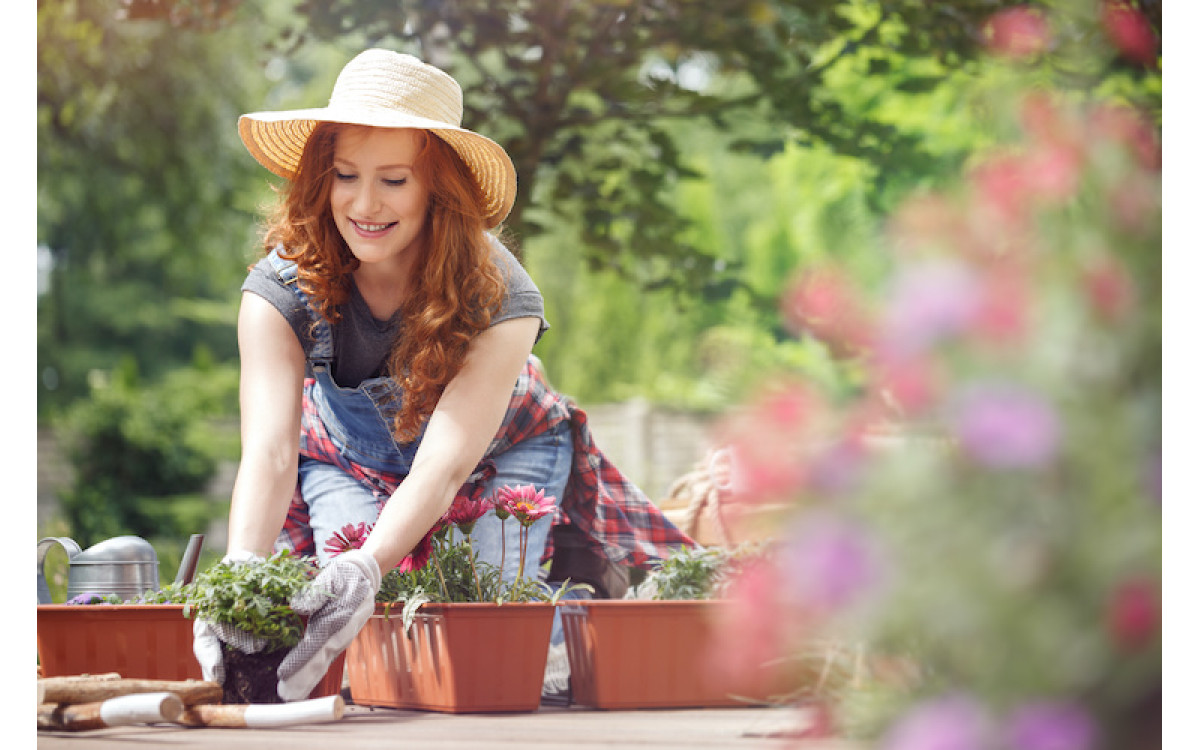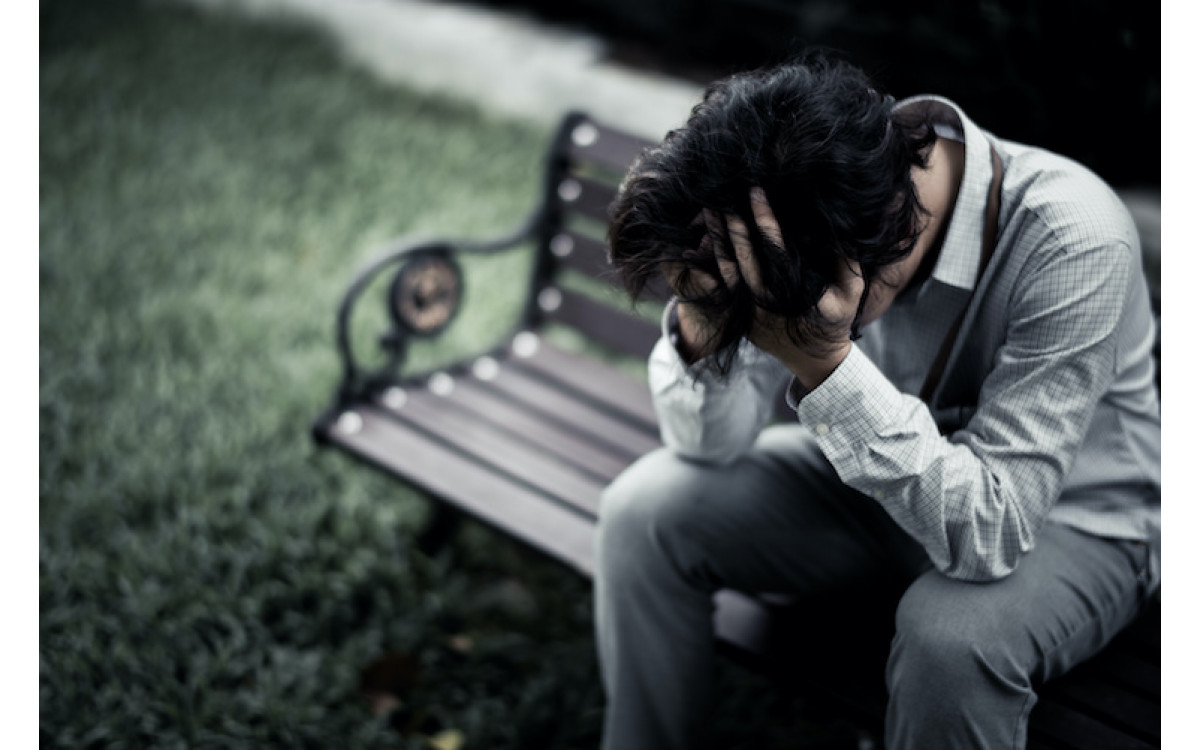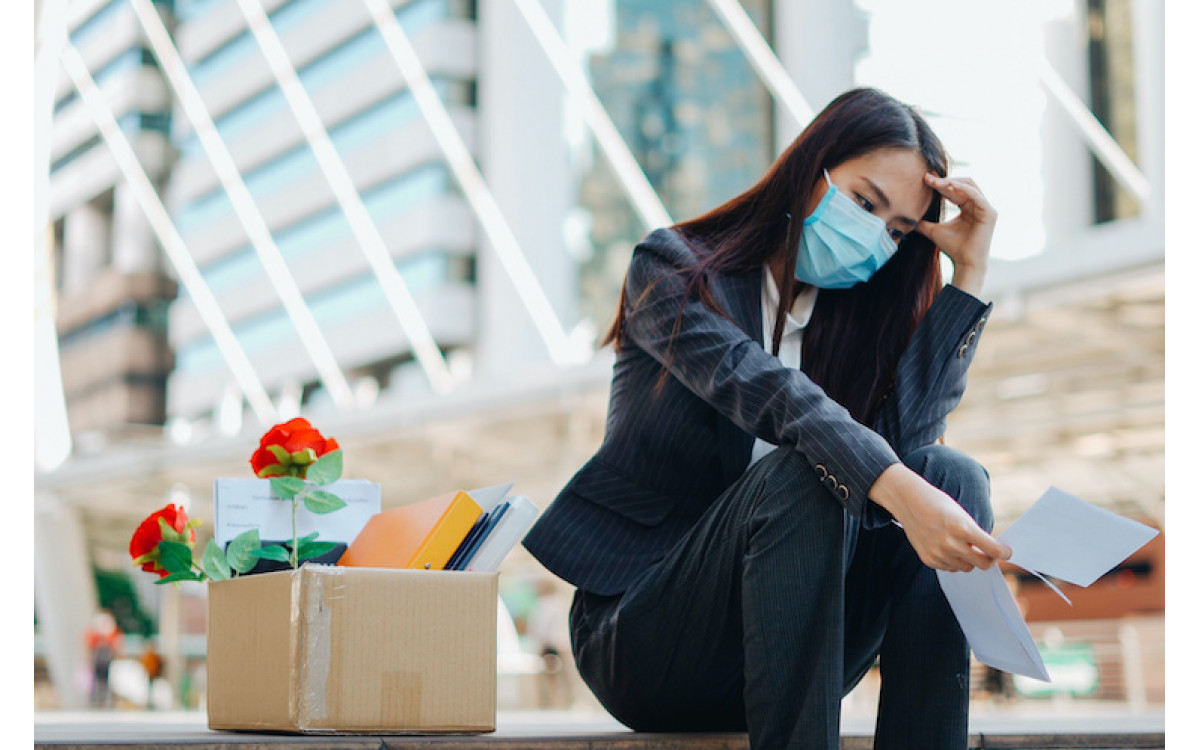Climate change is giving us a run for our money these days, particularly when it comes to weather-related medical conditions. Seasonal allergies, like those that hit us in the spring and early summer, can be the bane of your life. According to research by the American College of Allergy, Asthma & Immunology (ACAAI), more than 23.6 million Americans get seasonal rhinitis or hay fever every year.
With 2020 having undisputedly become the “year of Covid-19,” however, how can you know with certainty that you’re suffering from common spring allergy symptoms and not the coronavirus? I’ve put together some criteria you can use to determine whether a virus test is in order for you and your family.
Timing
Springtime allergies are typically at their most active during the months of March to June. That’s not surprising, since those are actually the spring months. Tree pollens are high on the list of culprits in March, grass and flower pollens start making their presence felt in April, and by May everything is in full force. In June the grass pollen emissions peak before subsiding finally in July. So while these months have seen the first wave of the coronavirus pandemic, they also coincide perfectly with the usual respiratory problem period.
Exposure
In spite of Covid-19’s ability to spread through touching infected surfaces, at least half of the cases have come from exposure to someone else with the condition. Statistics from the CDC show that as of March 2020, the infection breakdown was as follows:
- People repatriated from high-risk settings 23.0%
- People with a recent history of travel to China 16.9%
- People who had contact with an infected person 8.4%
This shows a 49% community spread rate, which is why clinics and businesses are asking people entering their premises a question about contact with anyone who is infected. So, if you’re coughing and sniffing and usually get spring allergy symptoms, but have had no contact with anyone diagnosed with Covid-19, your chances of being infected are much lower.
Symptoms
Go into any store and you’ll find someone with a dry cough and the sniffles at the moment, but that doesn’t mean you’ve been exposed to Covid-19. When you (or someone else) experiences these common spring allergy symptoms, it’s best to ask the following questions before you panic and assume you’ve been infected:
- itching in the eyes, mouth, ears, nose, and throat
- dark circles under the eyes
- watery eyes
- swollen sinuses
- runny or stuffy nose
- sneezing and coughing
- scratchy throat
- post-nasal drip
Some of the other symptoms we see often are sinus headaches, facial pain, earache and loss of smell, many of which are caused by pressure on your sinuses from the hay fever.
Many people with Covid-19 don’t show any symptoms at all, while others have mild symptoms only. Common ways you can tell whether you have something more serious than allergies are:
- Fever – this is a big indicator that you have more than an allergic reaction going on. When our bodies are exposed to a virus, they raise the temperature of the host to give themselves the chance to fight off the virus. A sign of fever means either you have contracted something more serious than allergies. Of course, it could also be due to another condition, but few allergic reactions cause fever.
- Fatigue – the coronavirus comes with a good dose of tiredness, which seasonal allergies aren’t likely to bring. You have to watch out for this one, though – if you’re taking antihistamines for your allergy you might experience some drowsiness, which could be mistaken for fatigue.
Less common symptoms that indicate something more than a springtime allergy include:
- Physical aches and pains, such as you get when you’re hit with the flu
- Difficulty breathing, shortness of breath, chest pain or pressure. Rhinitis might be a respiratory allergy, but it doesn’t usually cause problems breathing.
- Developing a rash on your skin, or seeing the skin discolor on your fingers and/or toes.
- Problems walking, moving or speaking.
- Losing your sense of taste or smell (or both).
I understand the last symptom could also be due to nasal congestion from the allergies, so it’s important to evaluate all your symptoms together. Consider any prescription drugs you’ve taken recently, too, and what the side effects of those could be.
Treatment
Treating spring allergies can also help you to determine whether you’re suffering from your usual rhinitis, or showing signs of a more serious condition. Covid-19 symptoms are unlikely to respond to typical allergy treatments. Some natural remedies that could help soothe your allergies include:
Natural Formulas
Natural products like Dr. Garbers Enviro Defense can give you relief from temporary spring allergy symptoms such as nasal and sinus congestion, watery eyes and sneezing. This biotherapy formula works by preventing your body’s overreaction to allergens.
Steam Inhalation
This method is widely used for treating allergic rhinitis and can soothe and open nasal passages.
To inhale steam, place a bowl of boiling water on a table. Bend over the bowl and cover your head, face, and the bowl with a towel. Breathe in the steam from the bowl for about five minutes, taking care to avoid scalding your skin with hot or boiling water.
Saline Rinse
A saline nasal rinse can help relieve your stuffy nose and congestion by diluting the mucus in the nasal passages. The solution can also clear out allergens from the nostrils and sinuses. You can get several types of saline rinses without a prescription, or you can make your own by following these steps.
Make your own natural saline rinse.
Acupuncture
Acupuncture, a widely-used form of treatment that comes from Traditional Chinese Medicine, involves inserting thin needles into particular areas of the body for therapeutic reasons. Research shows that long-term allergy sufferers who had acupuncture experienced fewer nasal symptoms and had a better quality of life.
Prevention
There’s a lot to be said for taking steps to prevent spring allergy symptoms from flaring up, too. Some of the things you can do are:
- Keep an eye on the local pollen counts, and plan to spend time indoors when they’re high
- Cut the grass in your garden short and keep it that way
- Put on sunglasses and a hat when you go out, to avoid pollens landing on your face and hair
- Wear a dust mask when you’re outdoors mowing lawn or gardening
- Get rid of dead or rotting logs
- Close your windows and protect indoor air with allergy-friendly AC filters
- Wash your hair and body daily to remove residual pollens
- Launder your bed linen every week to get rid of dander, dust mites and skin cells
- Wash and change your clothes when you come in from being outdoors
- Dry all laundry in a dryer instead of outdoors on a line
- Vacuum your floors thoroughly at least once a week.
Nothing can make you less allergic, not even prescription drugs. Taking natural actions to reduce your exposure, limit your allergic response, and soothe your symptoms can make springtime far more bearable, however. And just as a bonus, most of these steps will also help to strengthen your respiratory system. Combined with social/physical distancing and hand-washing, this can help you guard against Covid-19.
For more information on natural allergy treatments, or to place your order for Dr. Garbers Natural Solutions Enviro Defense, please click here.






